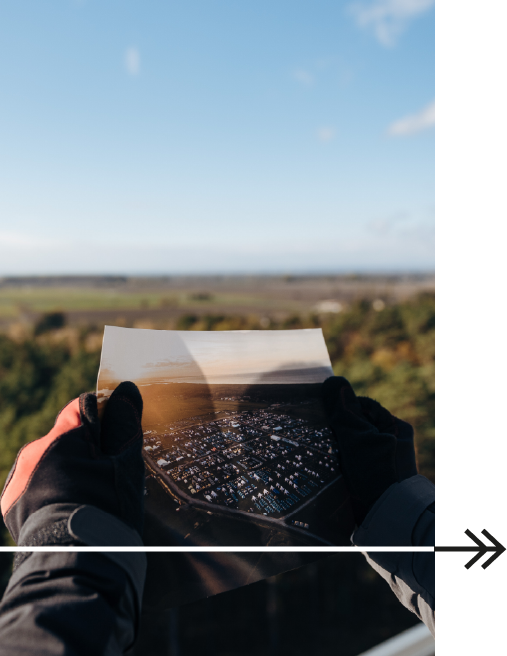06.07.2025
21,000 Scouts Already on the Road to Poland
Excitement is growing across the Scout Movement as early registration for the 26th World Scout Jamboree in Poland closes with an incredible response.
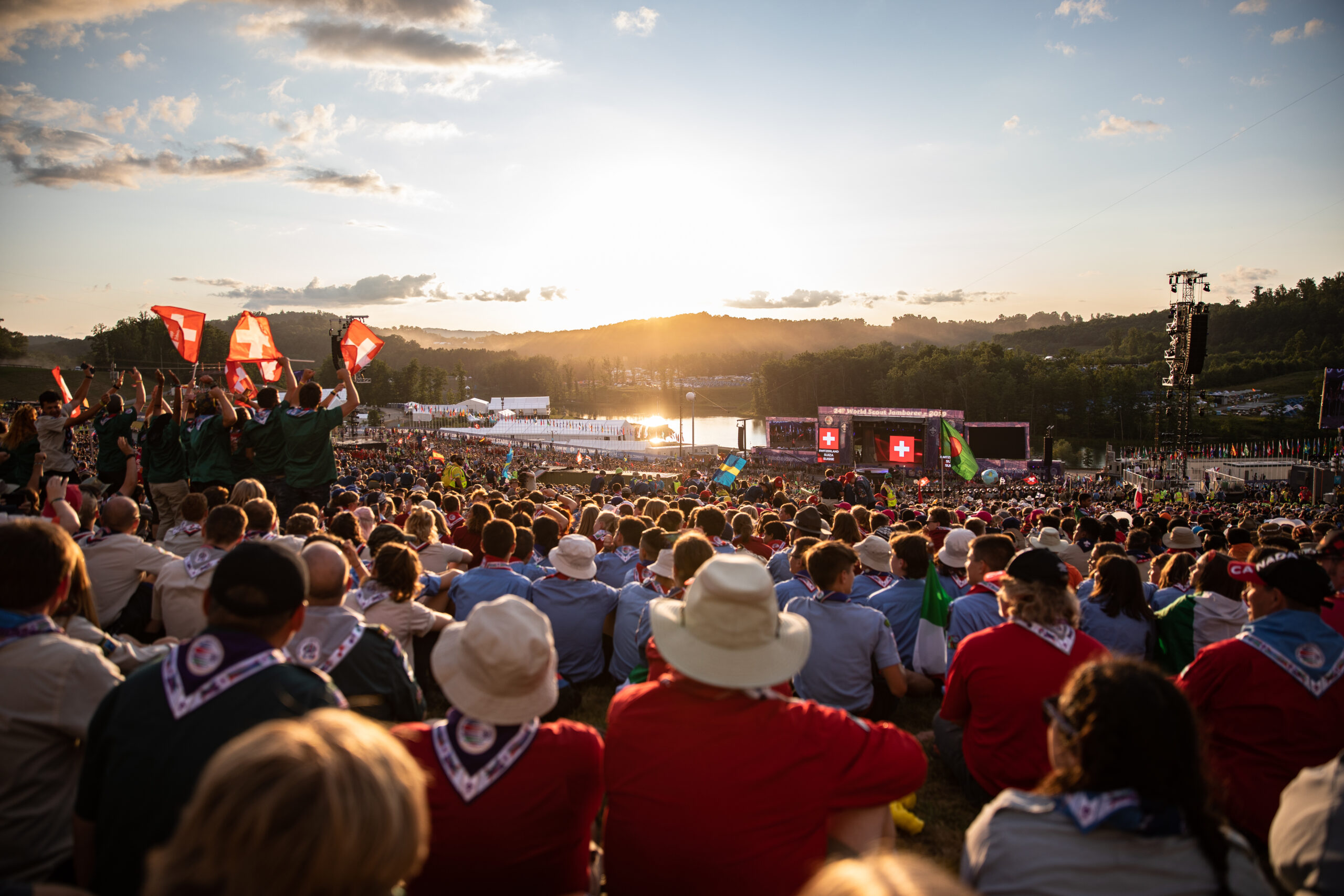
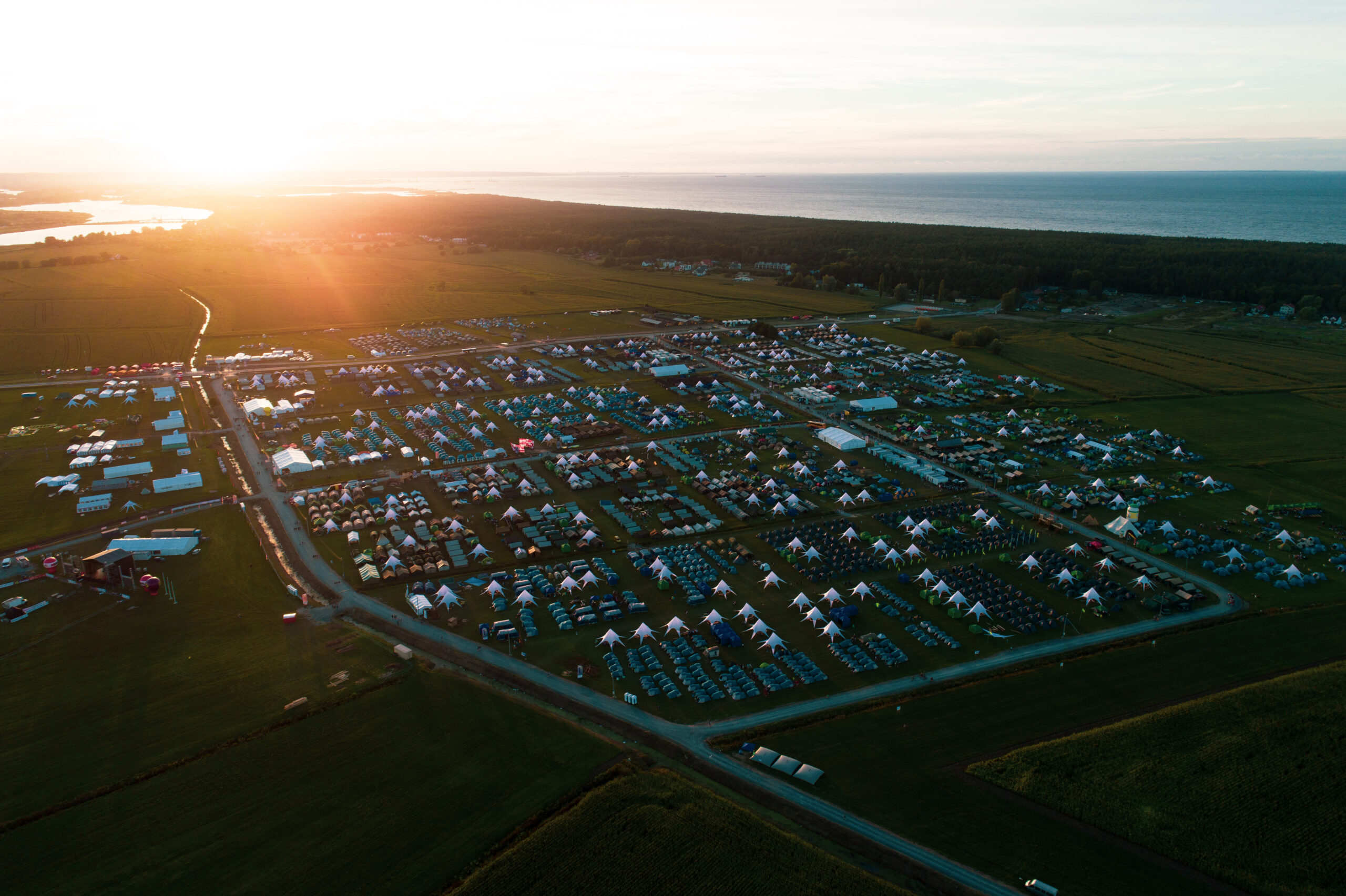
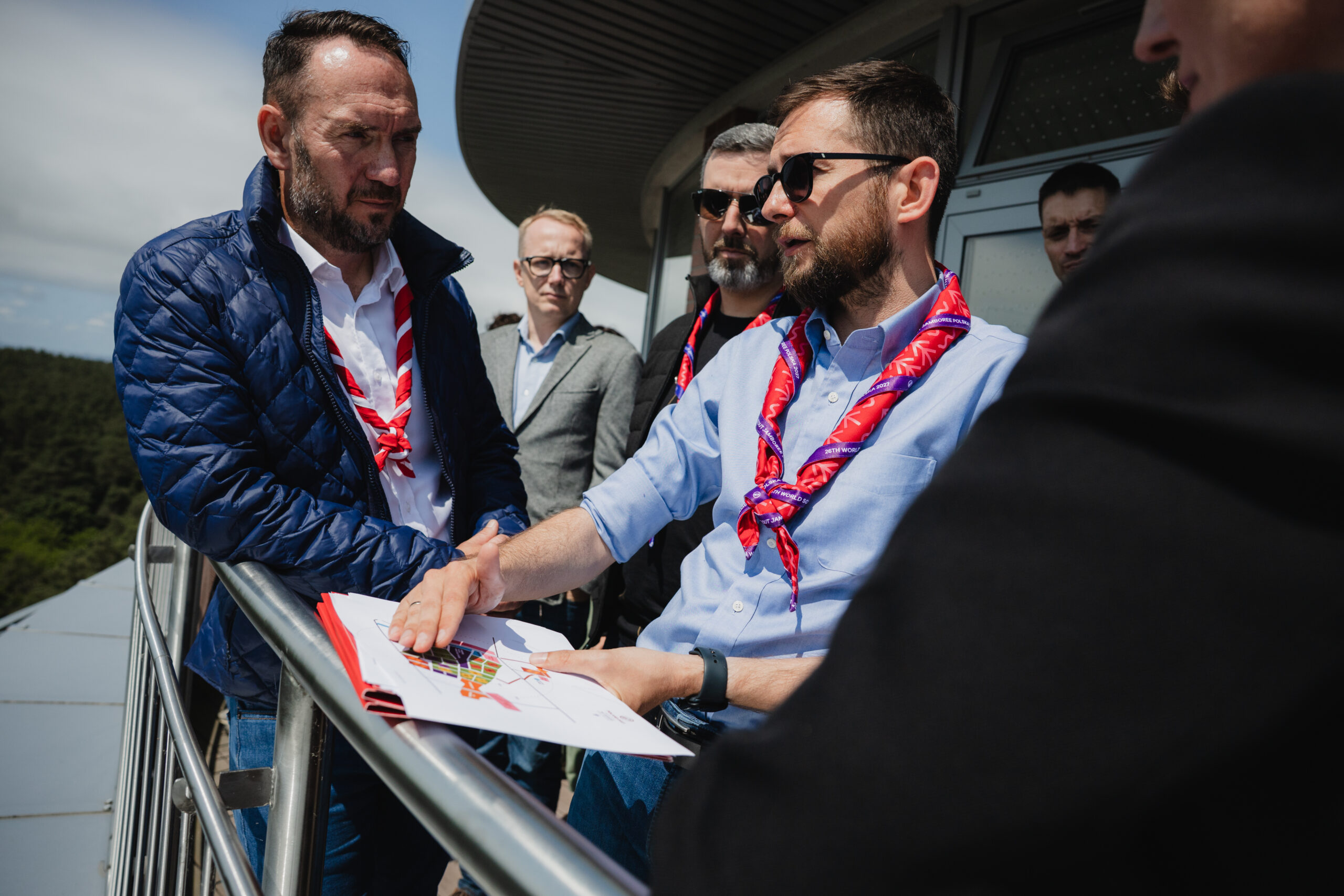
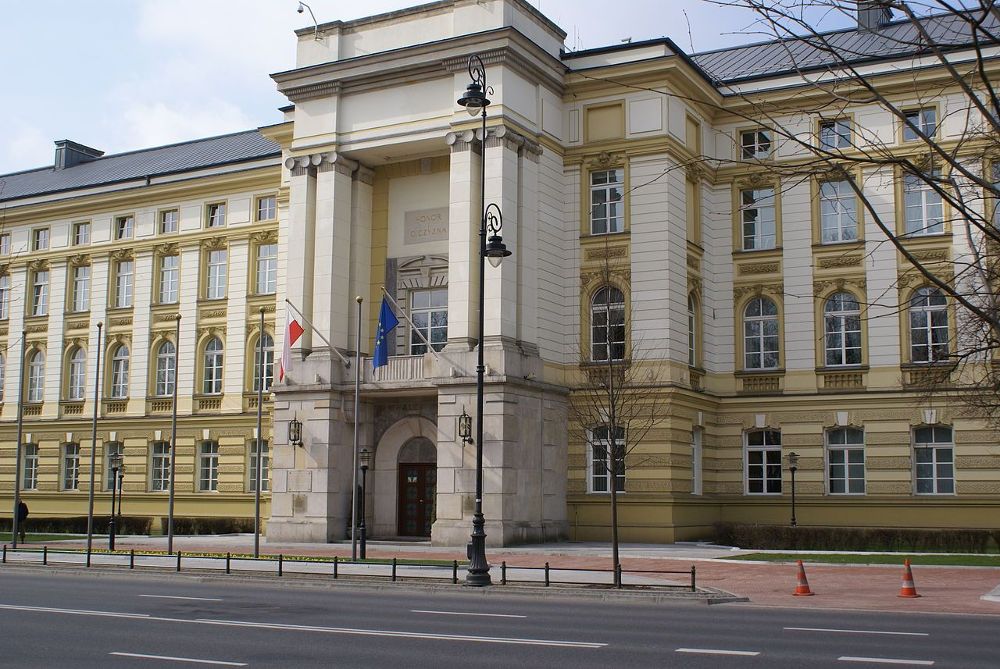
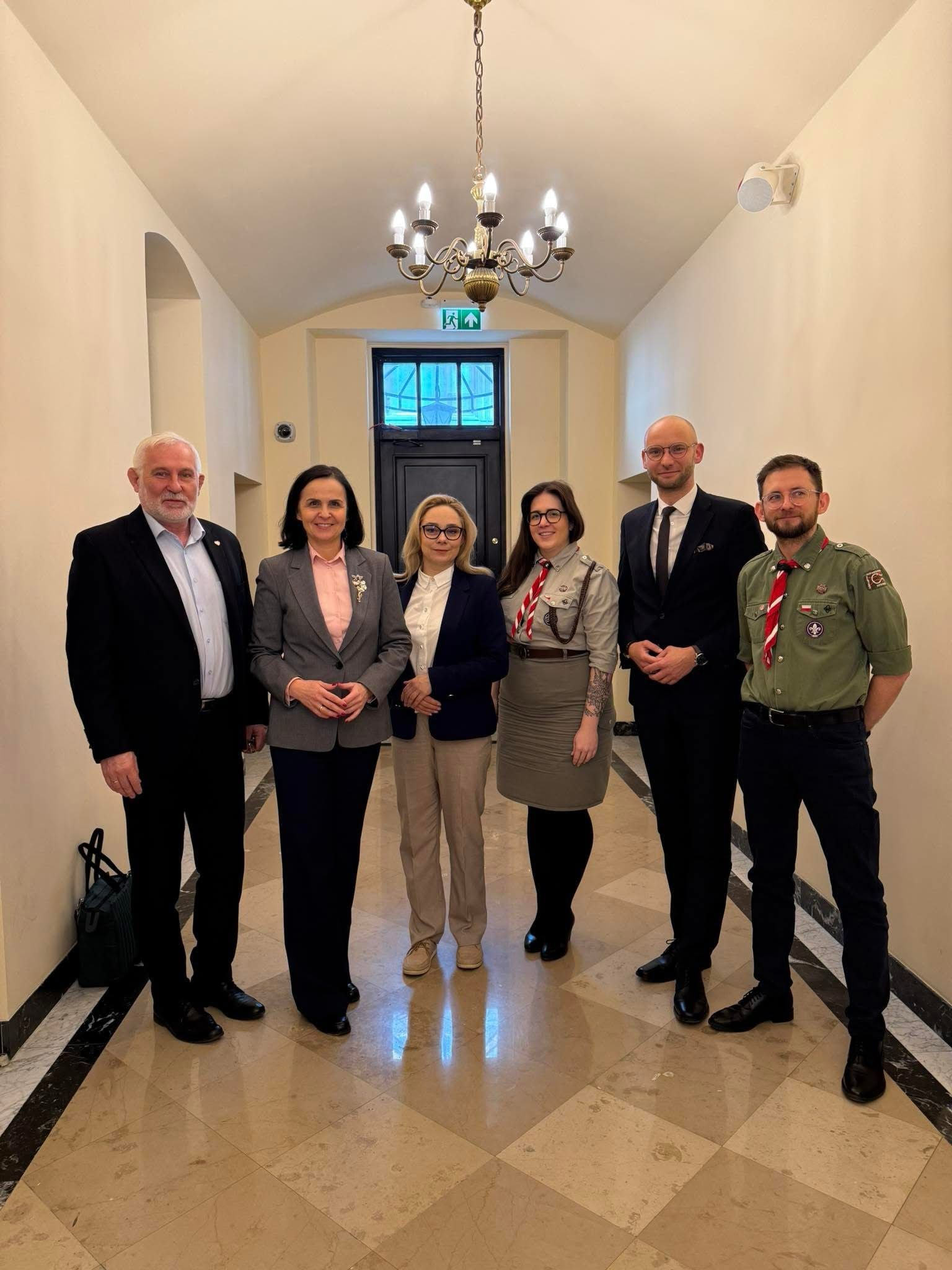
To enter your email address you will be redirected to the external website of our service provider. We care about the protection of your data. Read our Privacy Policy.
